
Facing Out
By Markus Opkvitne Andersen
Visual culture emphasizes ideas that gender is linked to a certain aesthetic. Facing Out breaks with conventions of the masculine facade and challenges socio-cultural norms of manliness in Western culture. Through research and visual experimentation the project faces stereotypes and rigid gender patterns, by studying the meaning of masculine semiotics in different cultures. The project has resulted in a visual tool, which manifests and adds an indication of unmanliness through interactive masks. This as a critical statement of the mask we choose to wear, or are socialized into wearing. The project opens up for self-reflection on how we are doing gender.
Facing Out is a project that aims to wipe away society’s projection of who we are supposed to be, and instead, reveal our inner selves. The project manifests our social and individual diversity through a visual language, as a shaping force of otherness. This as a reaction to political and social boundaries in society. In which conventions of masculinity and femininity are no longer important as constructs of society.
Deconstruction

The first component of the design solution is a kit of rubber stamps that provides the user with a tool to create combinations of the visual language in use, which allows the users to customize and deconstruct the identity materials in different and playful ways.
The purpose of the stamps are to encourage us to free ourselves from the expected reality, and rather be creative by having fun with unconventional compositions through participation by creating. A variety of combinations with few limitations creates a dynamic identity that goes beyond my pre-made suggestions as a designer.

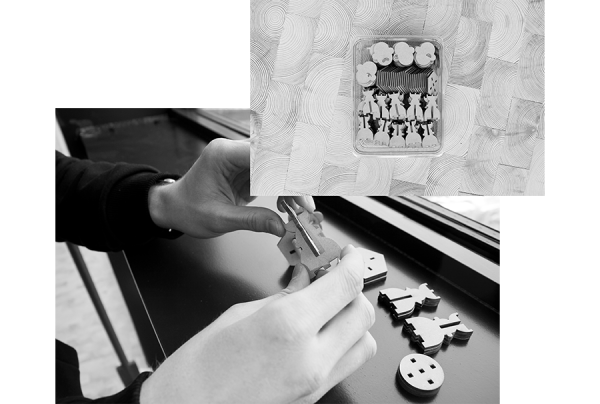
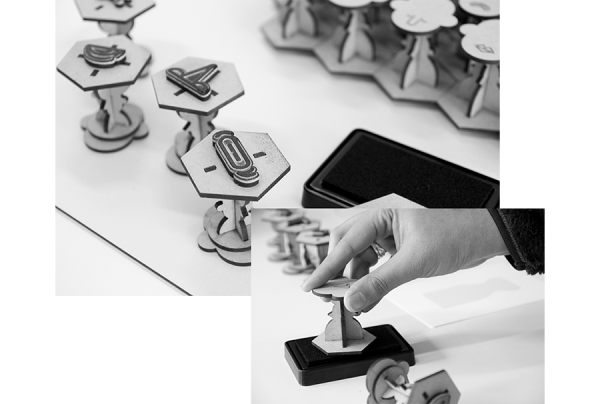


Visual Language

The work with geometric, organic and abstract forms has resulted in a compendium consisting of a set with different shapes. These are the foundation of the project’s visual identity.
The visual language communicates an aesthetic that is pushing boundaries by distancing itself from conformal shapes.
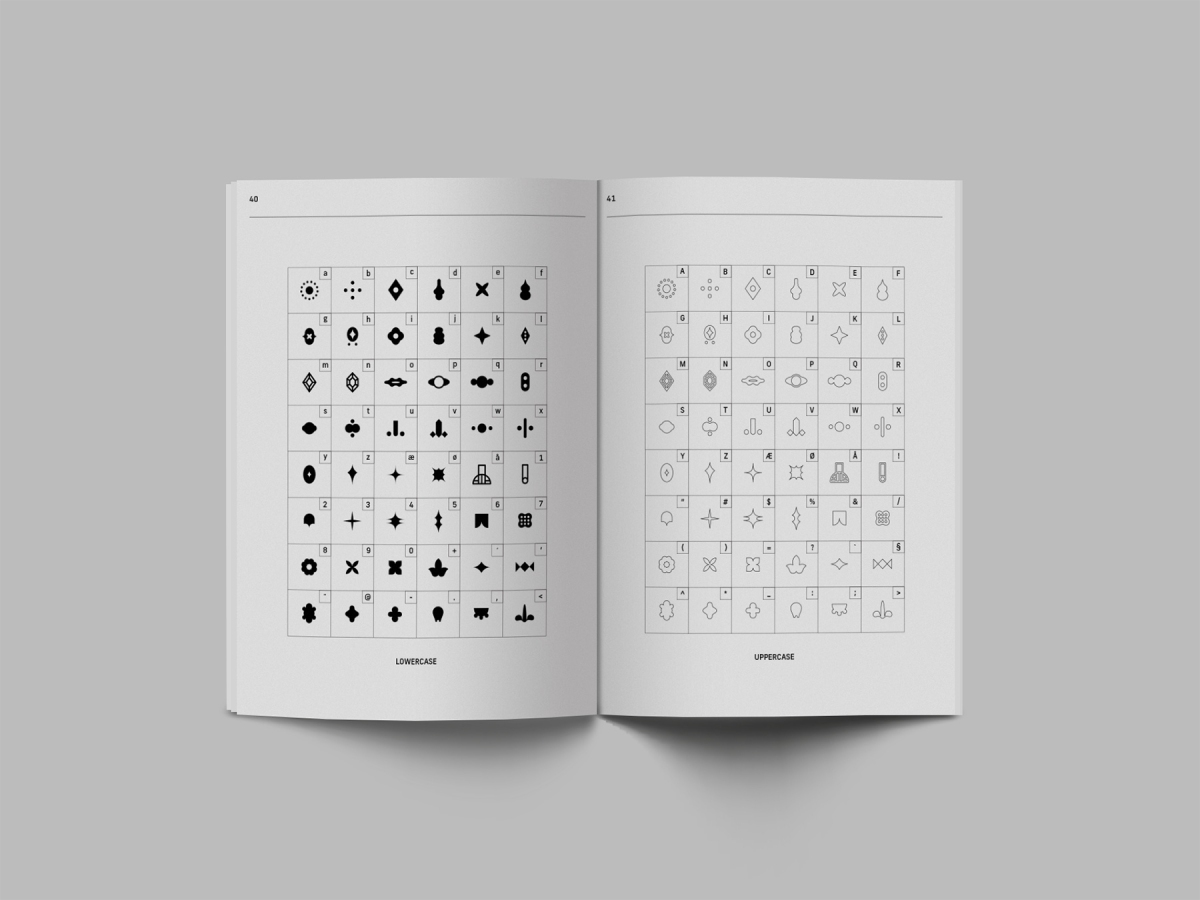
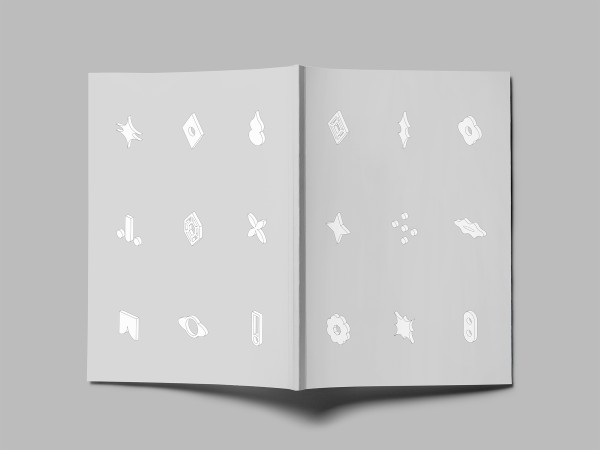
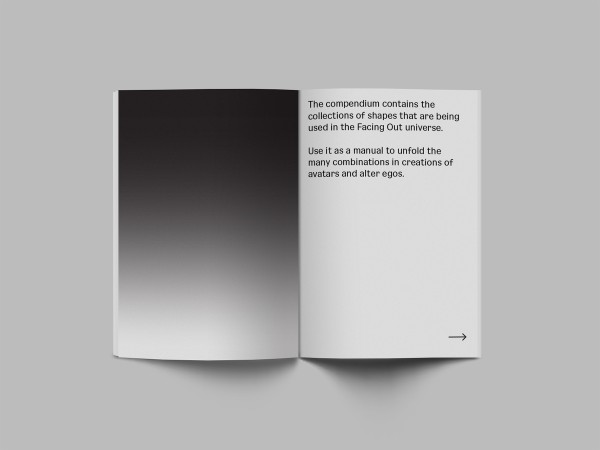
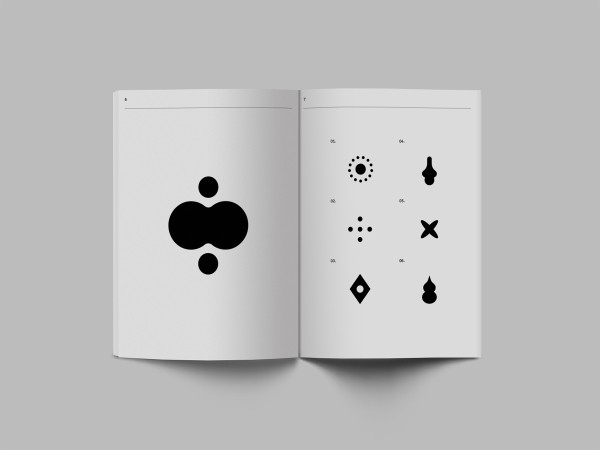
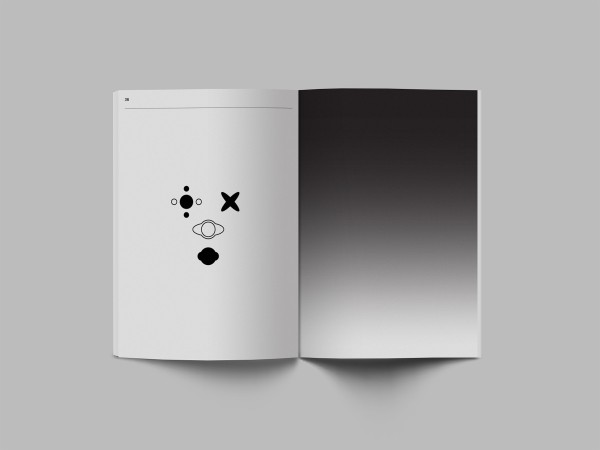
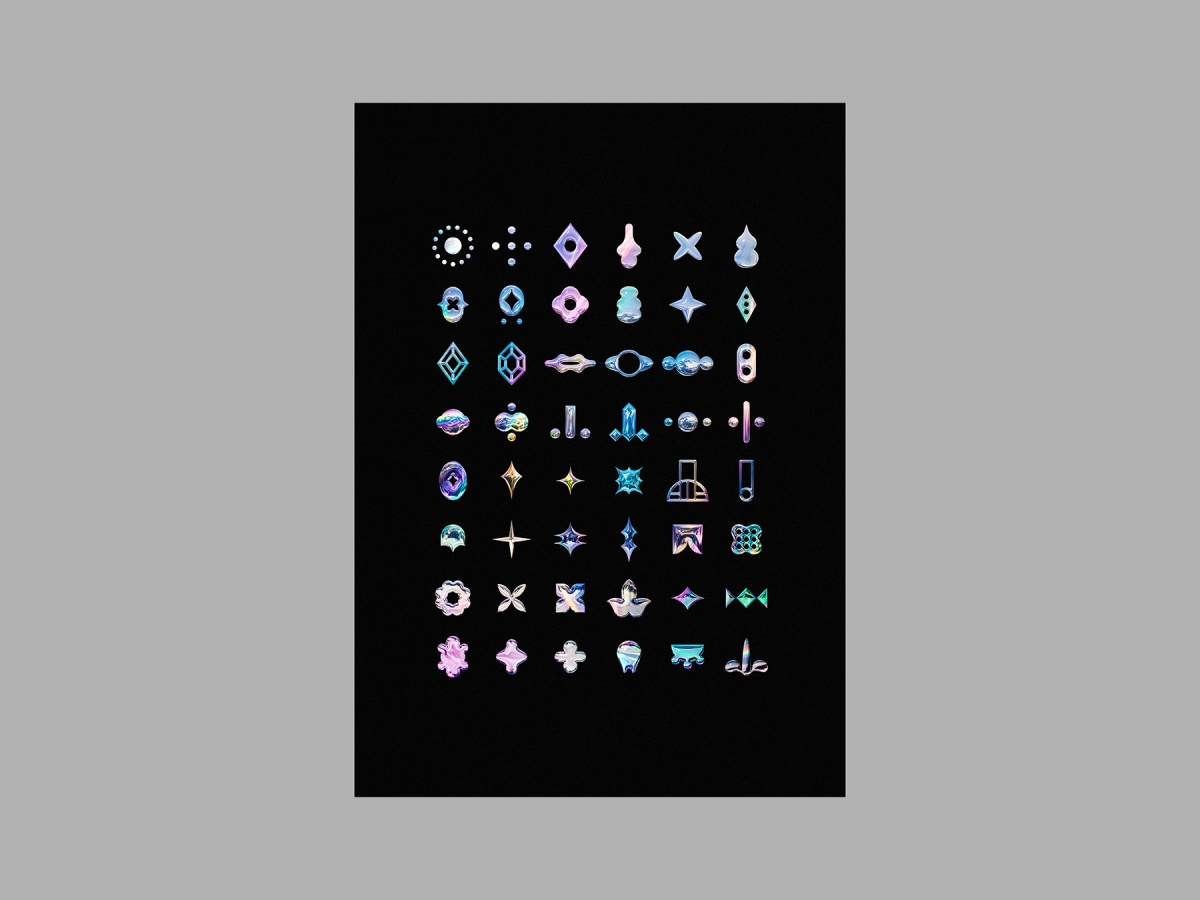
An important aspect to the overall identity is the chromatic and iridescent color indication. This creates a liminal visual expression that change colors depending on light and perspective. I have also experimented with foil to imitate the effect on printed matter.

Interactive Masks

The final component is interaction through augmented reality, which let the user interact with avatars in a visual world of alter egos. An idea based on that we are being socialized into a specific role, and are forced to wear a mask for acceptance. I believe that design can deconstruct the facade we are conditioned to.
The thought is that user can interact with the digitalized masks, which easily can be shared through social media. This gives the project visibility which also gives the audience easily access to usage of the masks.
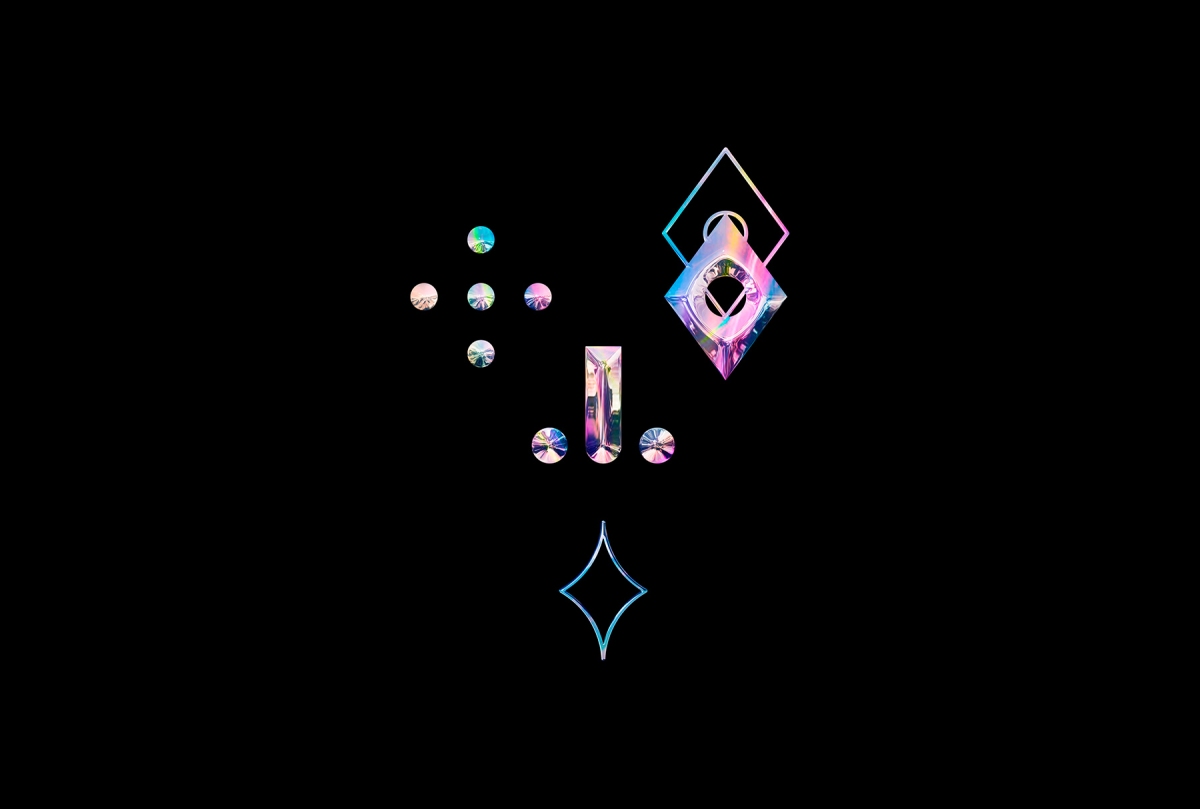
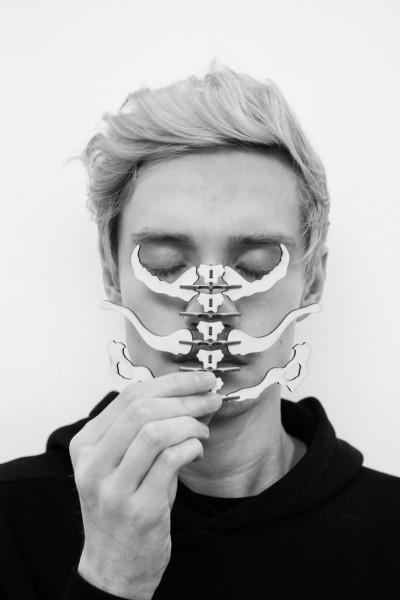
Markus Opkvitne Andersen (NO)
Markus Opkvitne Andersen is a graphic designer committed to the field of visual communication. In 2017 Markus received his bachelor's degree in graphic design from Kristiania University College in Oslo, where he cultivated his interest in concept development of visual identities and branding.
His work illuminates cultural and social aspects, and he compares his role as a designer with being an activist and recognizes that design is an act of change. In relation to his master project, he challenges himself to detach from repetitive and expected design habits. He believes it’s crucial to recognize the responsibility we have as designers and how design shapes our surroundings.